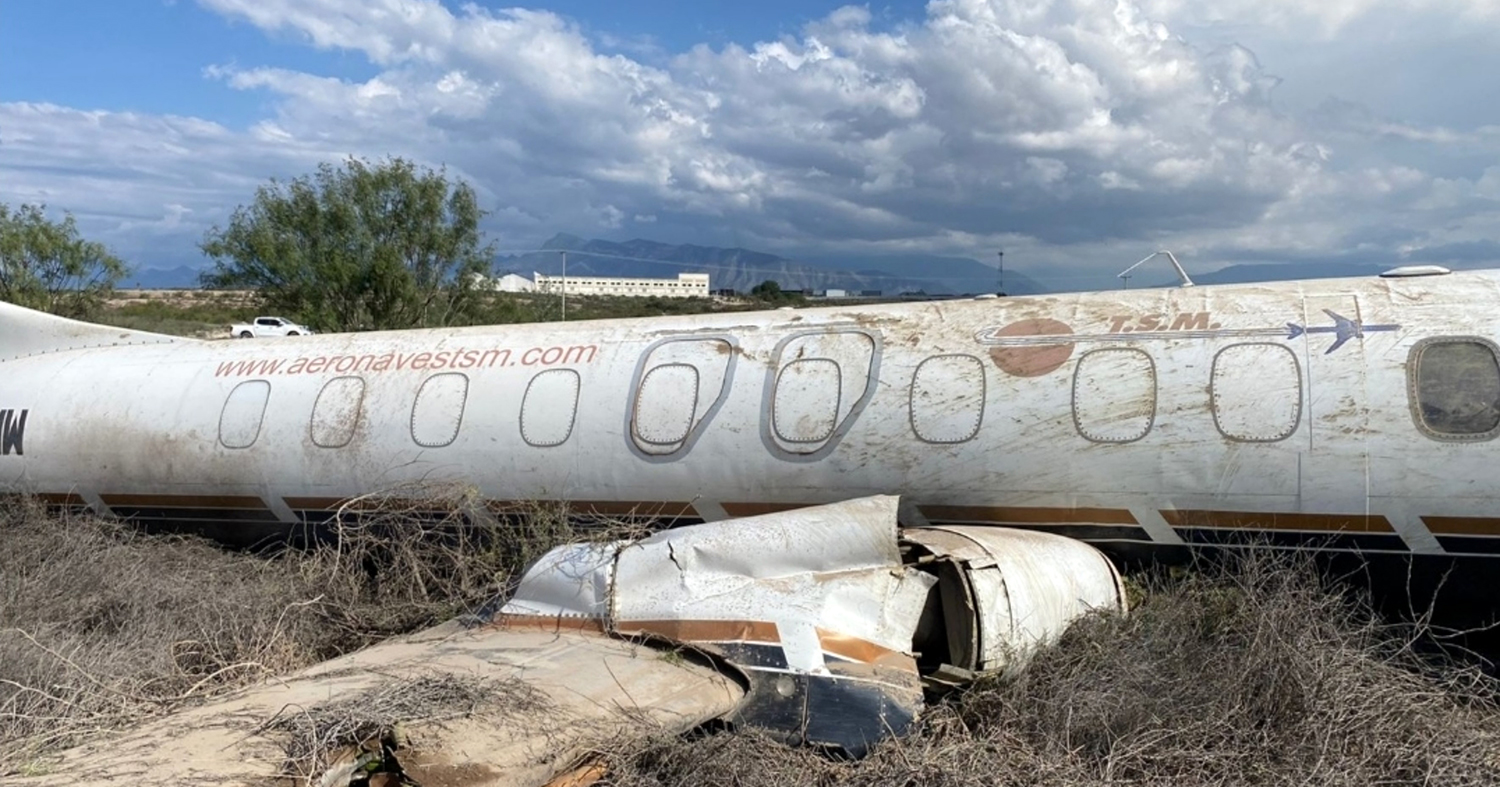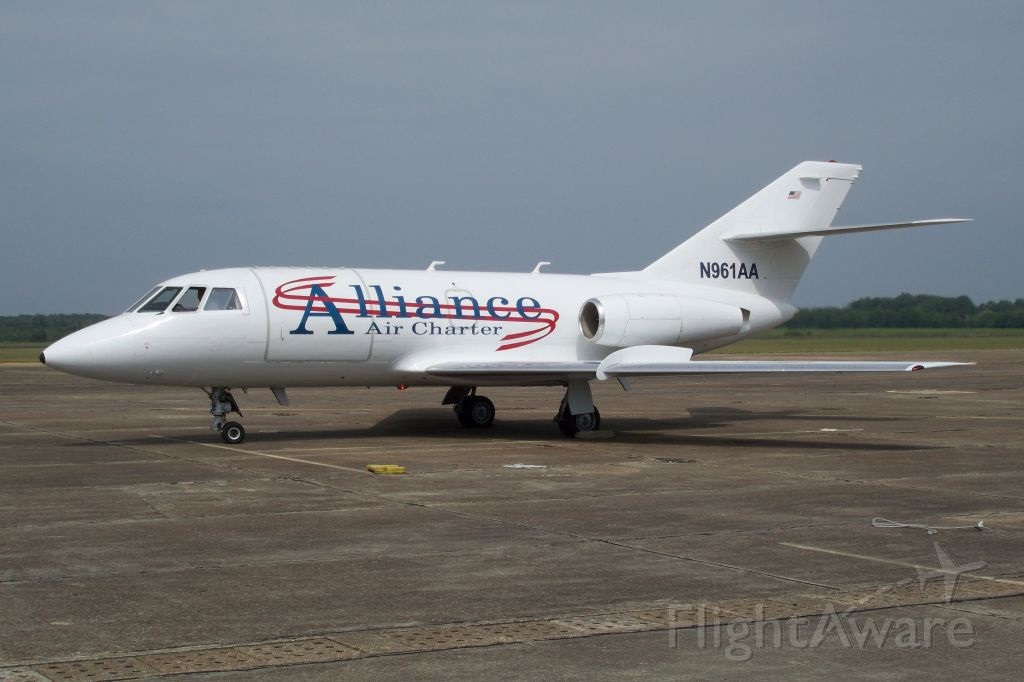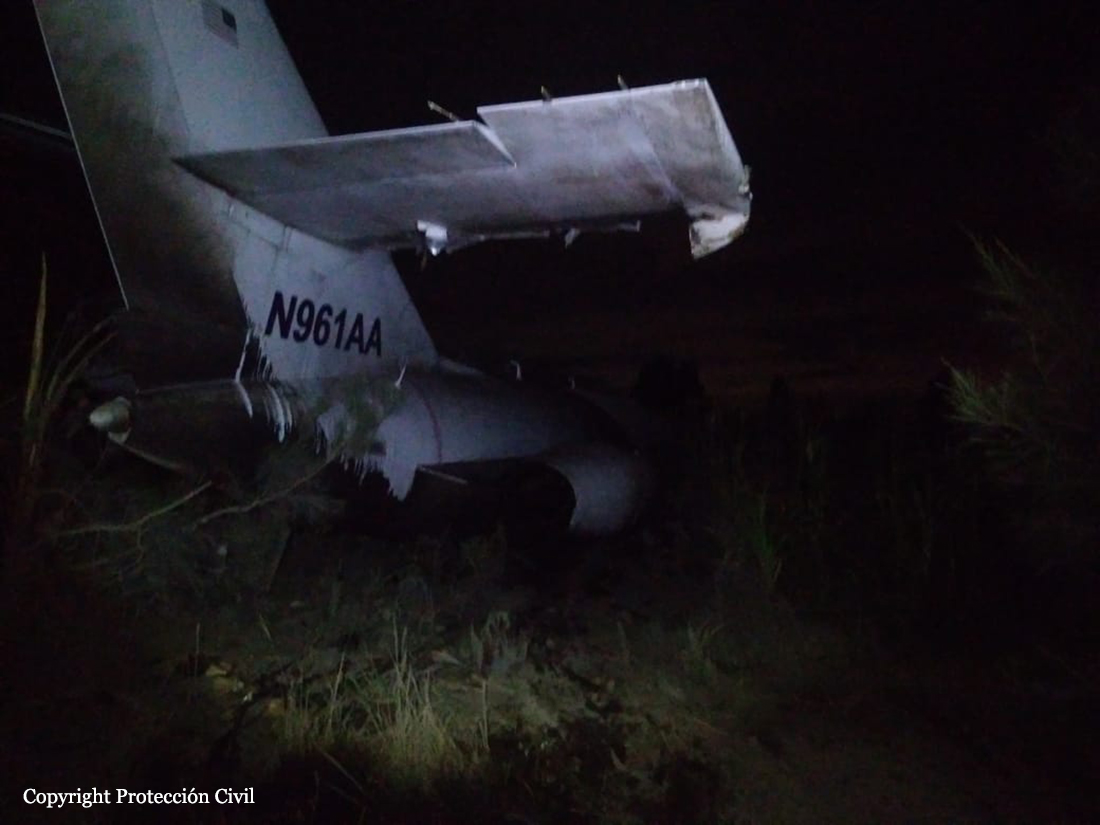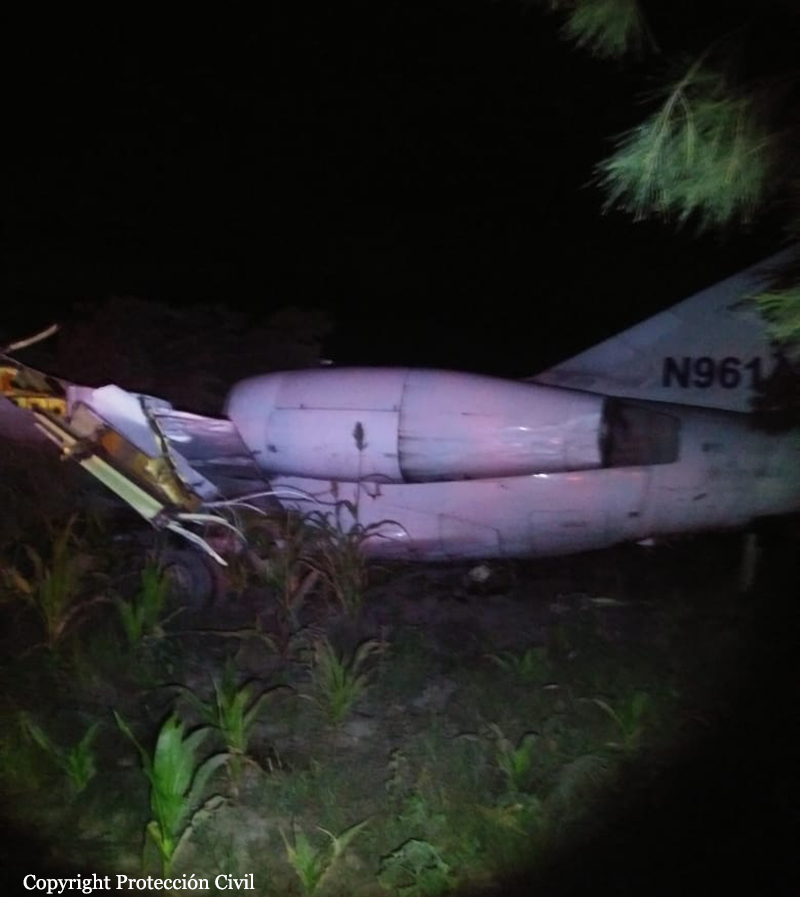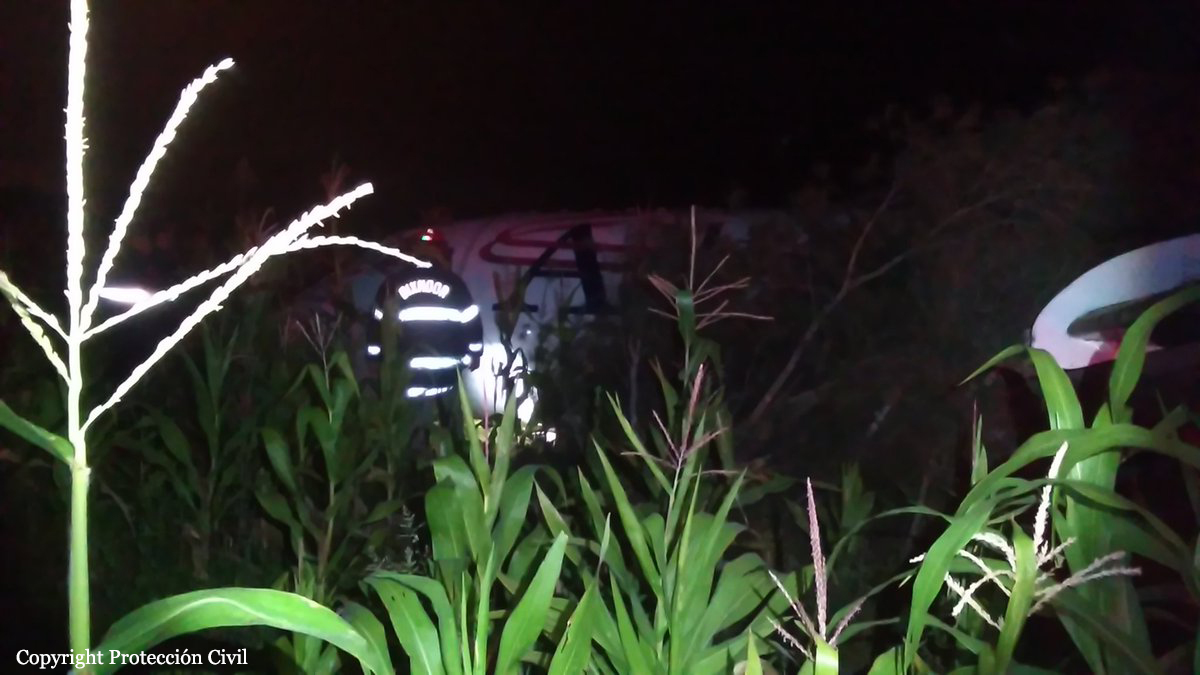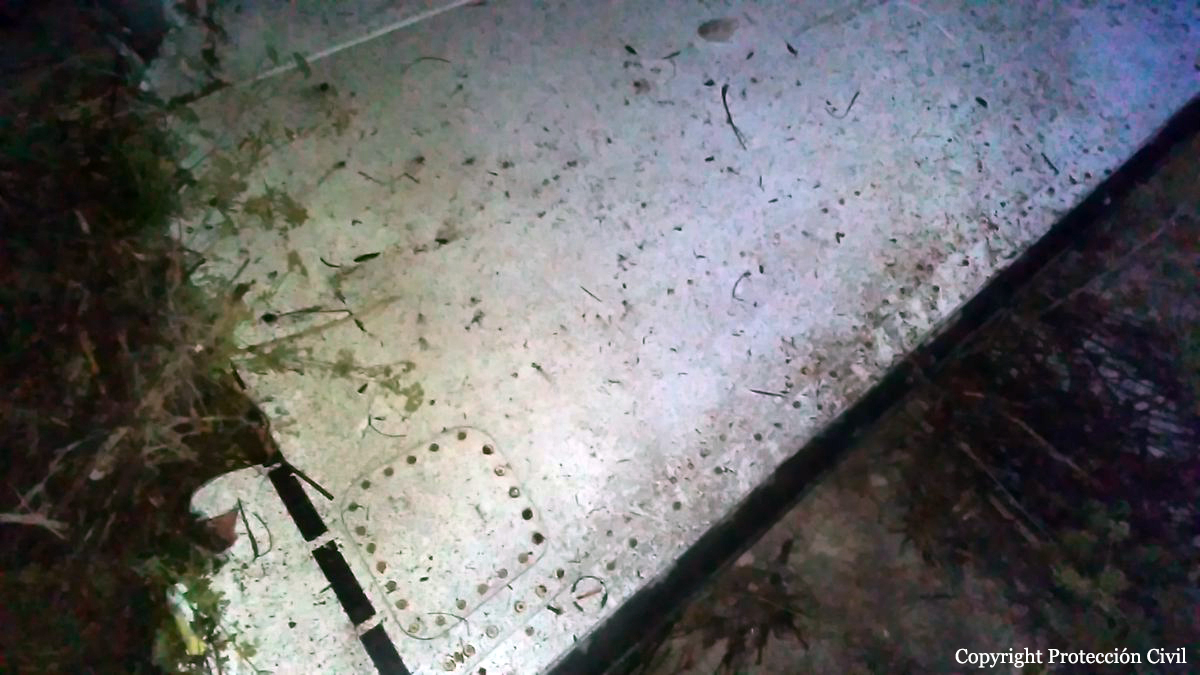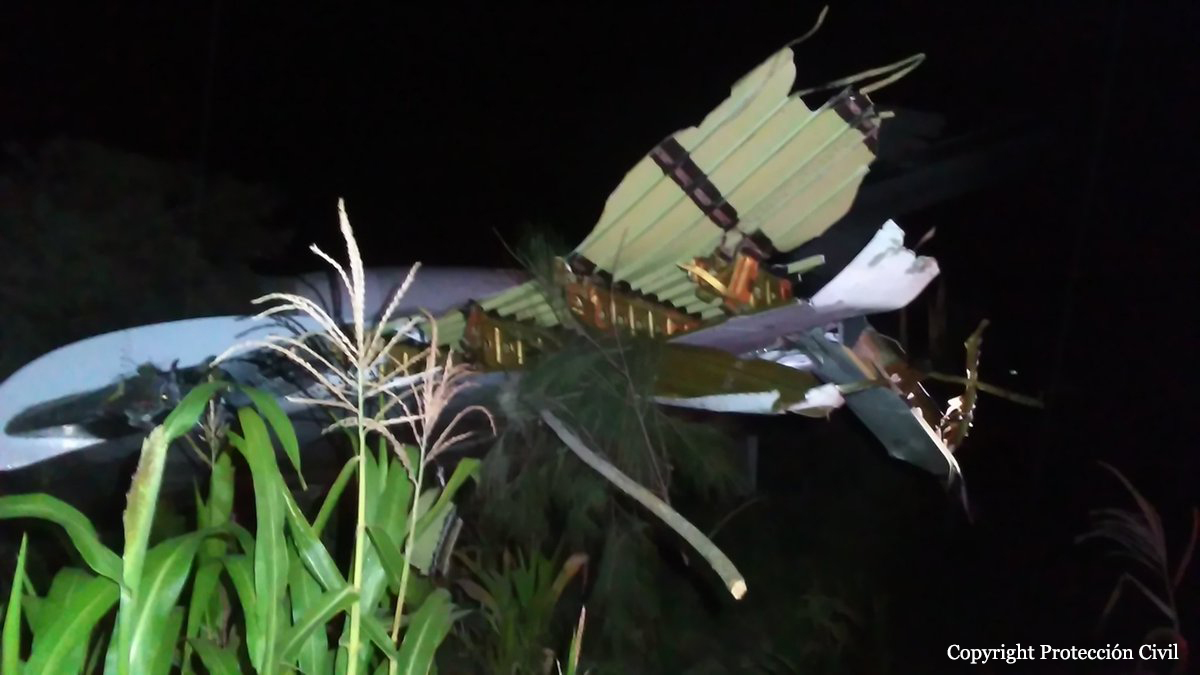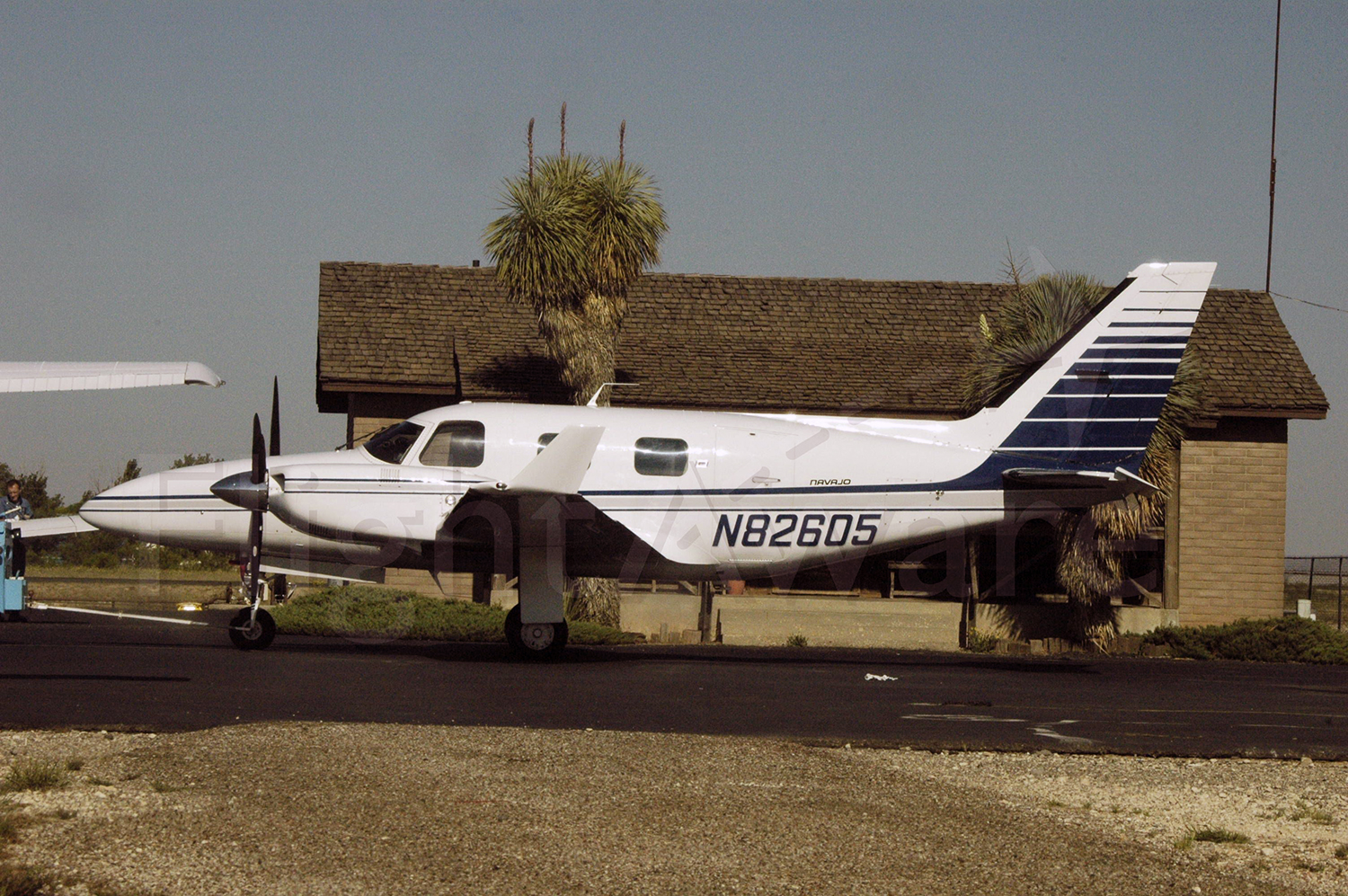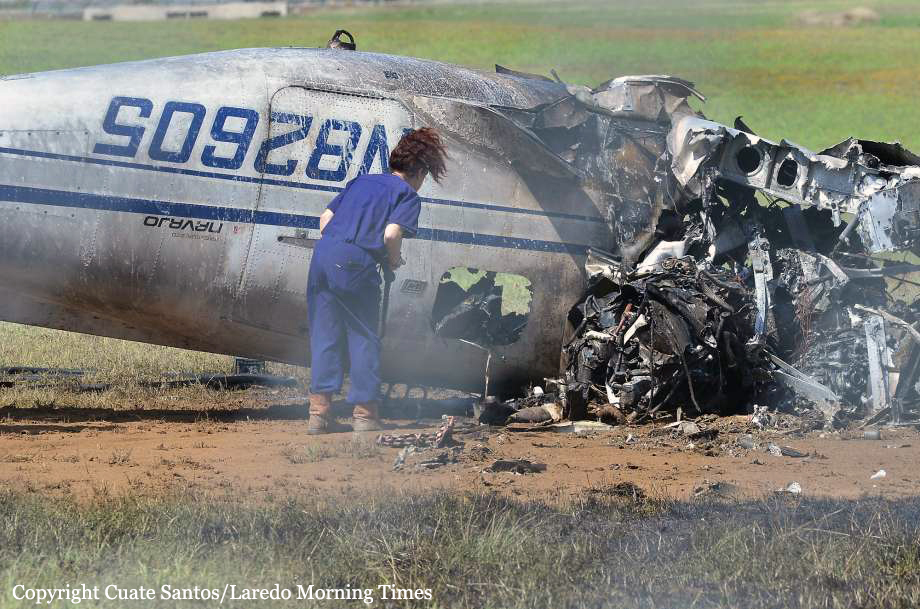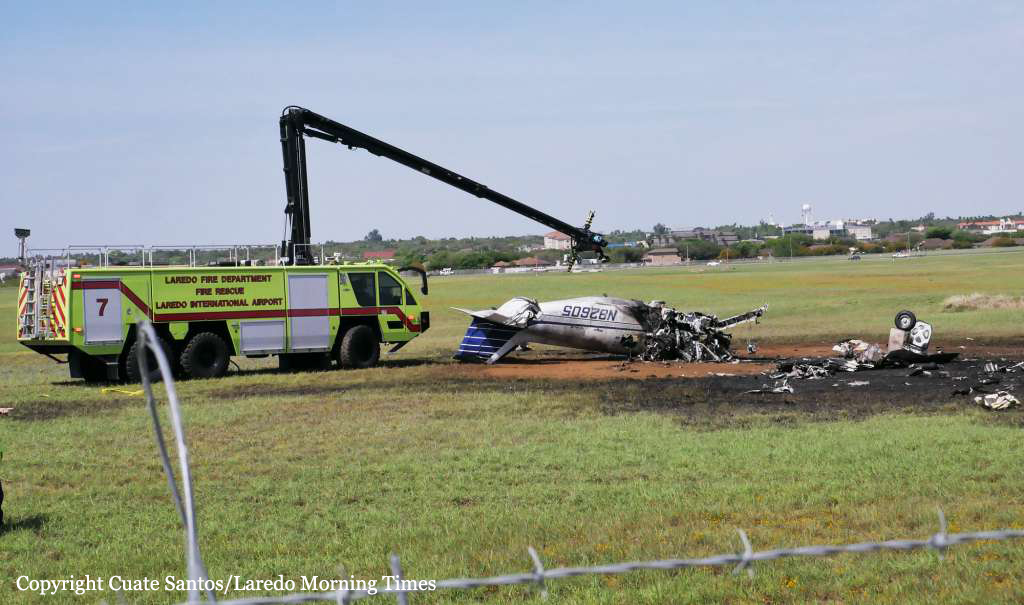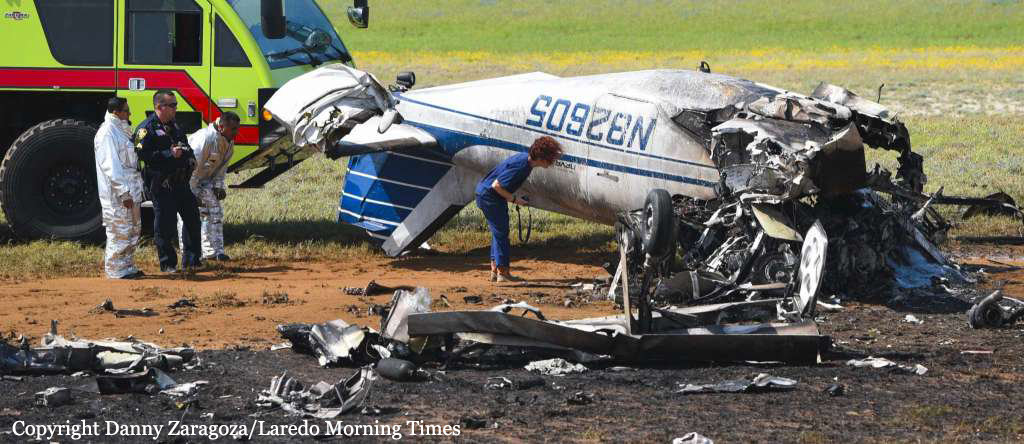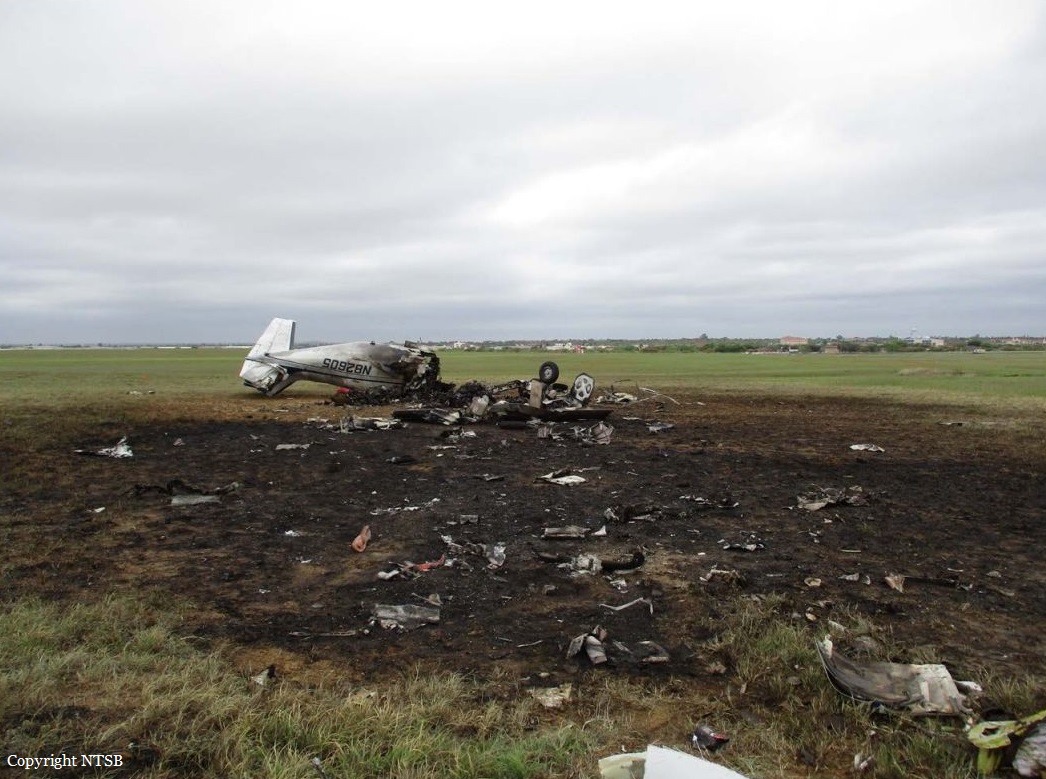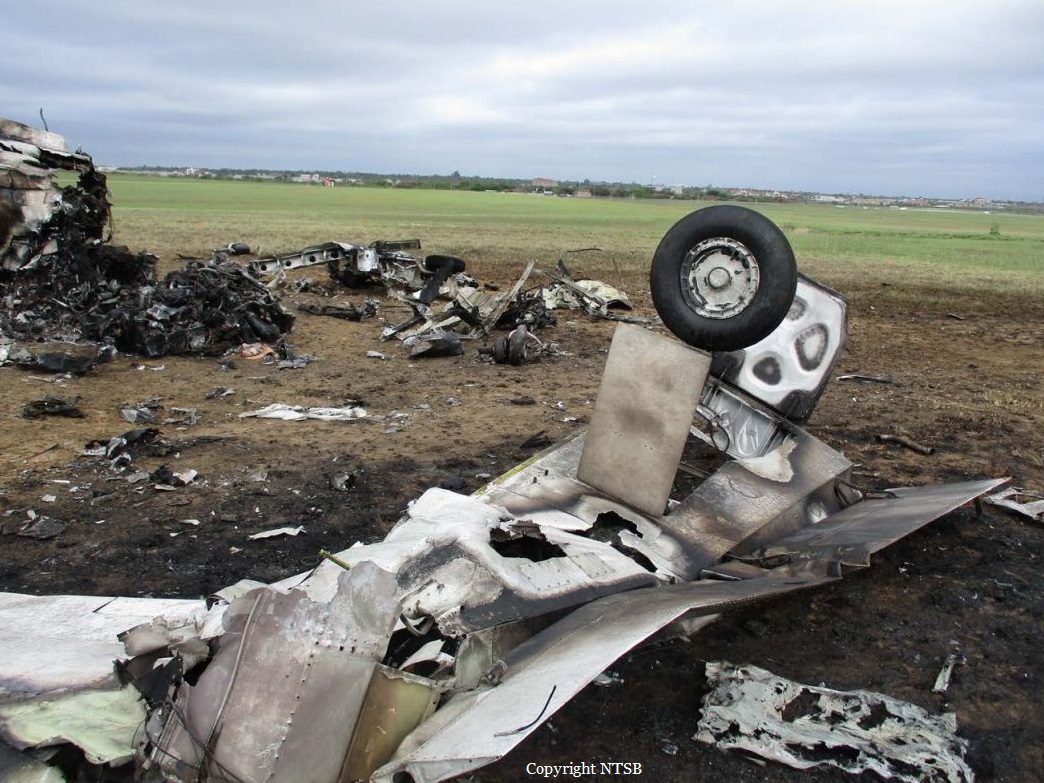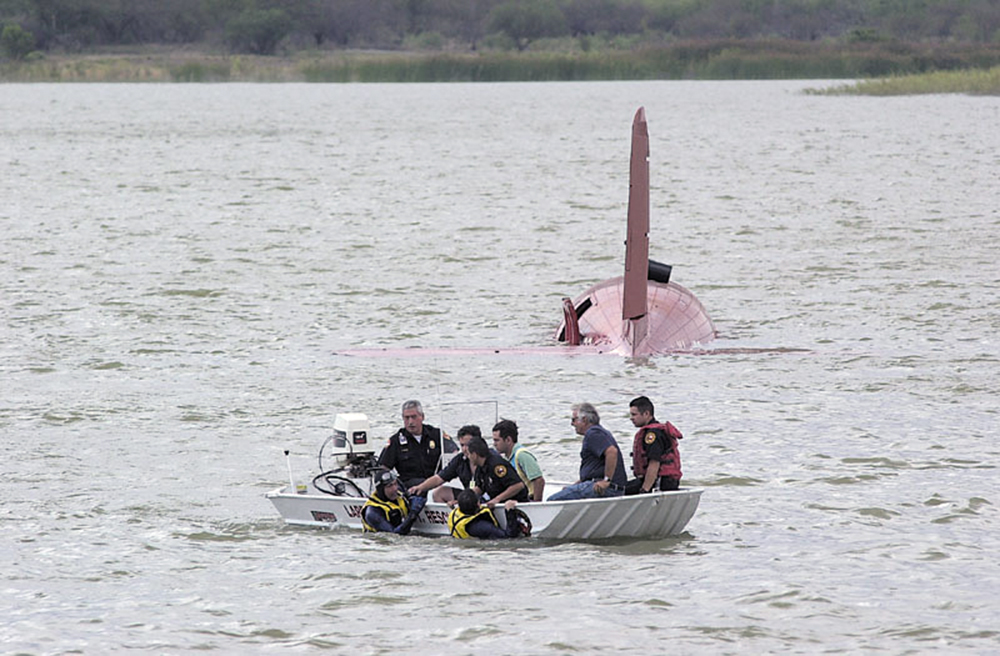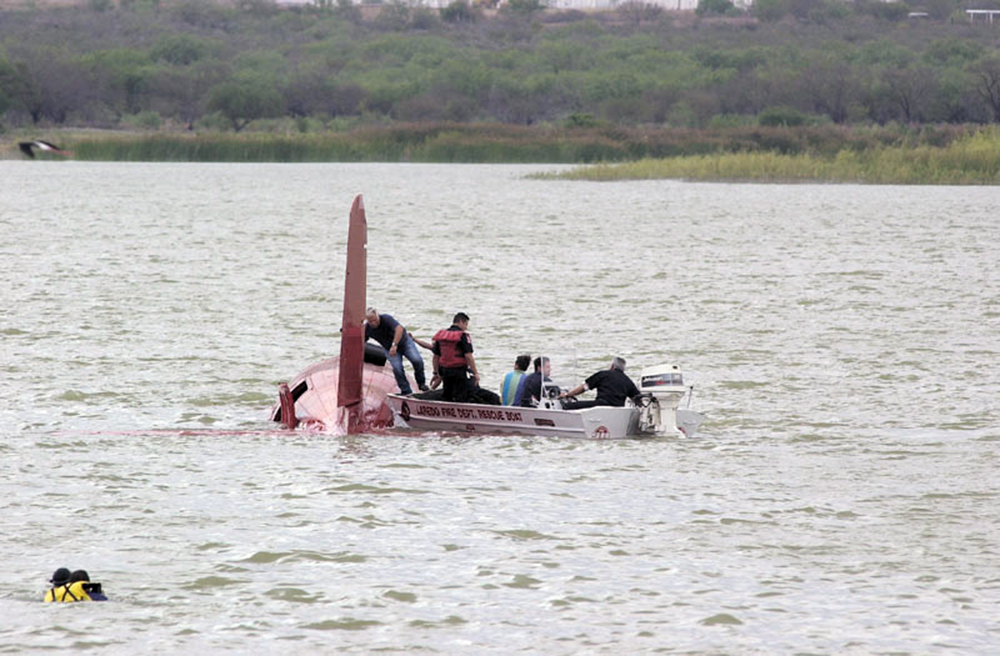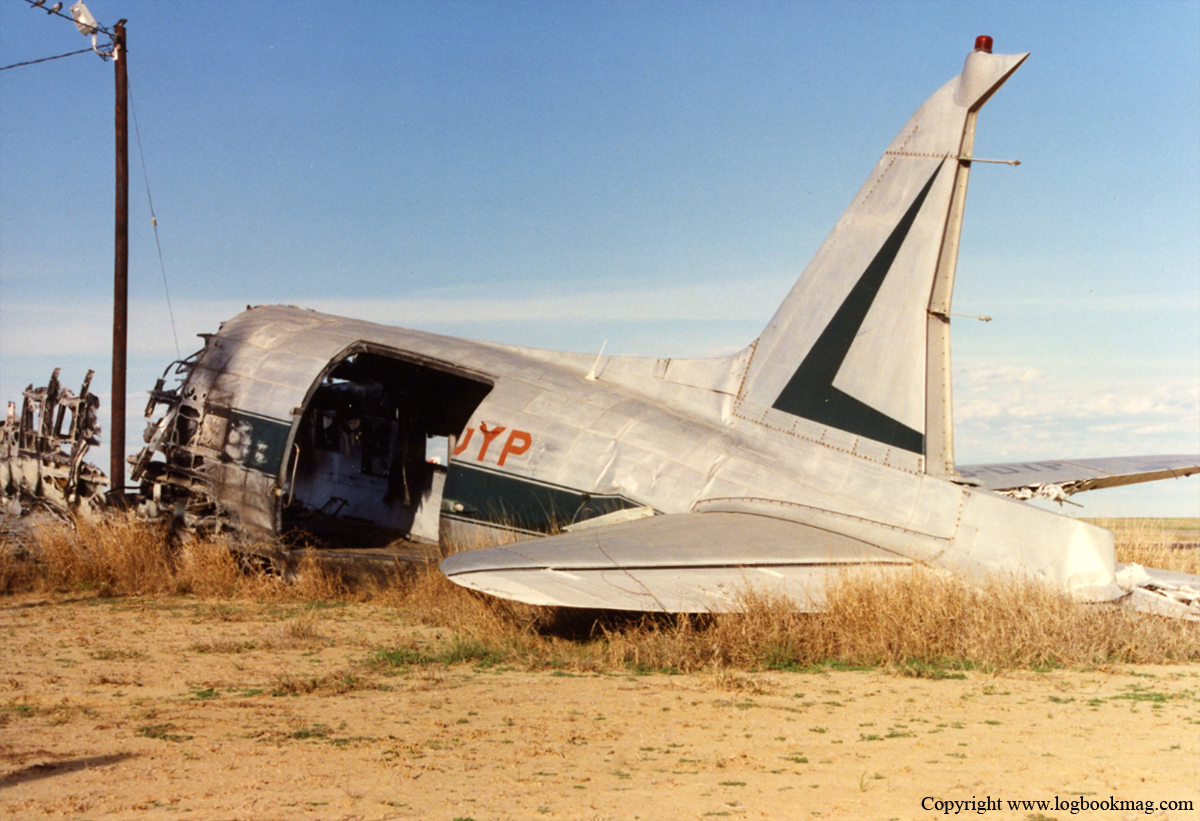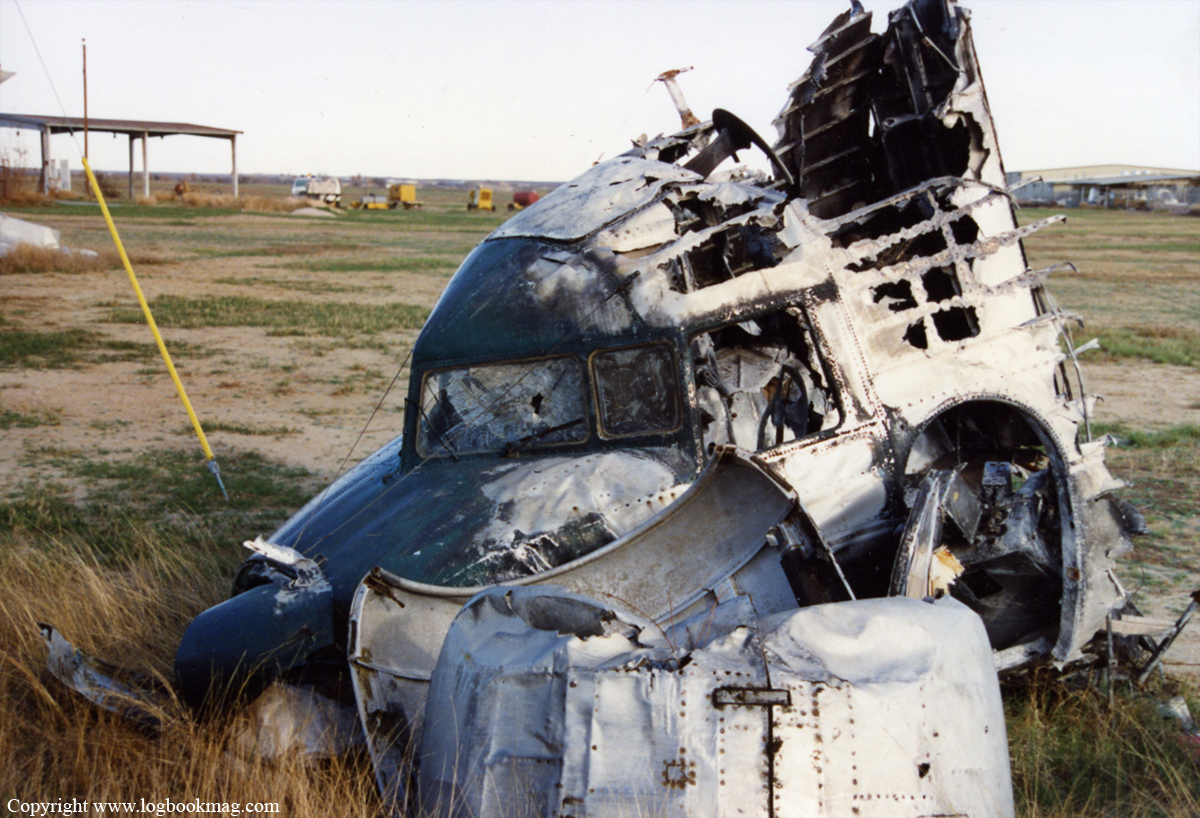Crash of a Swearingen SA227AC Metro III in Saltillo
Date & Time:
Sep 15, 2022 at 1635 LT
Registration:
XA-UMW
Survivors:
Yes
Schedule:
Saltillo - Laredo
MSN:
AC-717
YOM:
1988
Flight number:
VTM717
Crew on board:
2
Crew fatalities:
Pax on board:
0
Pax fatalities:
Other fatalities:
Total fatalities:
0
Circumstances:
After takeoff from runway 35 at Saltillo-Plan de Guadalupe Airport, while climbing to an altitude of 800 feet, the crew encountered technical issues with the right engine that lost power and started to vibrate. The crew reduced his altitude and attempted an emergency landing when the aircraft crashed in bushes about 4,5 km northwest of the airport and came to rest. Both pilots were uninjured and the aircraft was damaged beyond repair.

